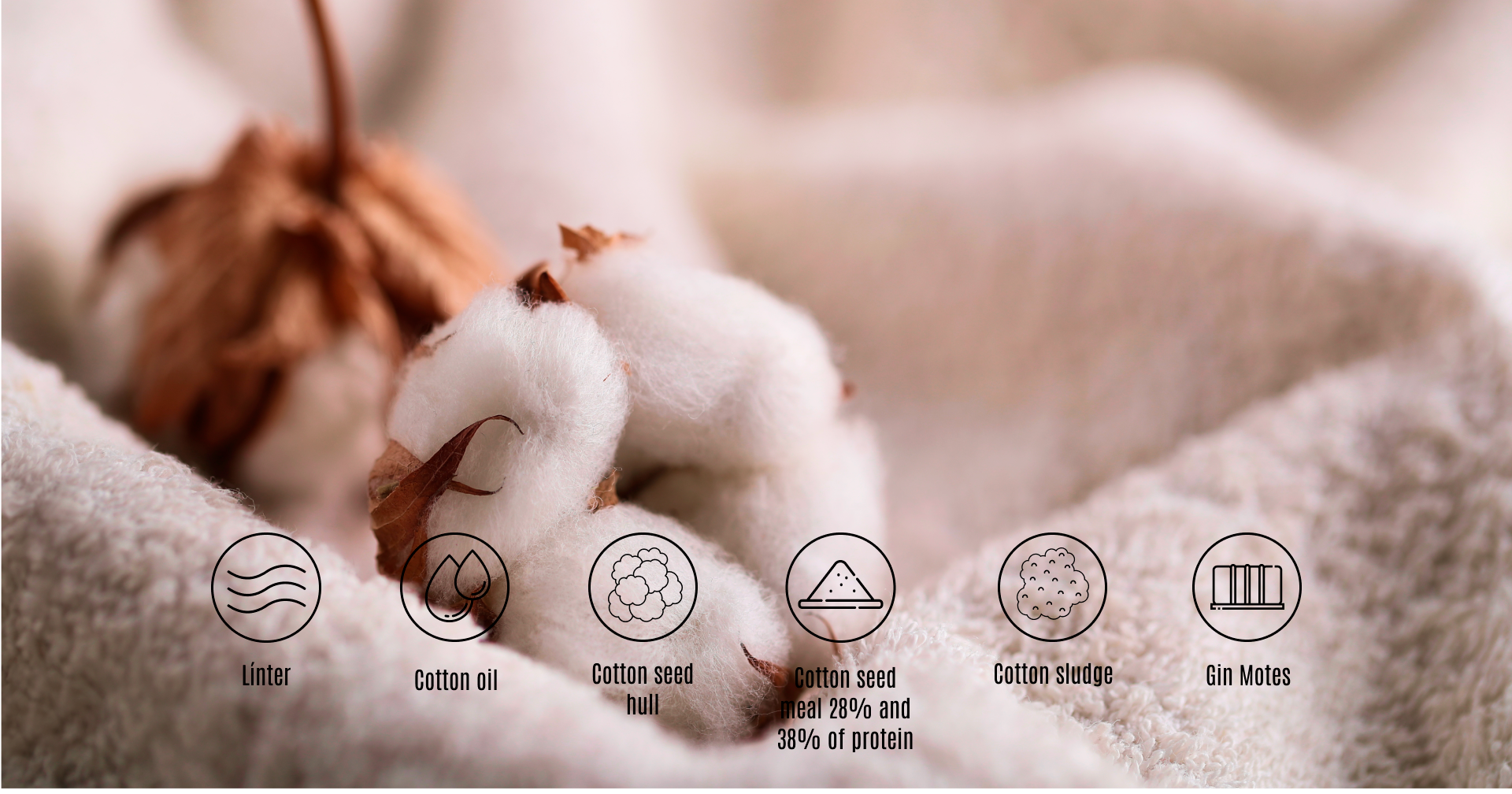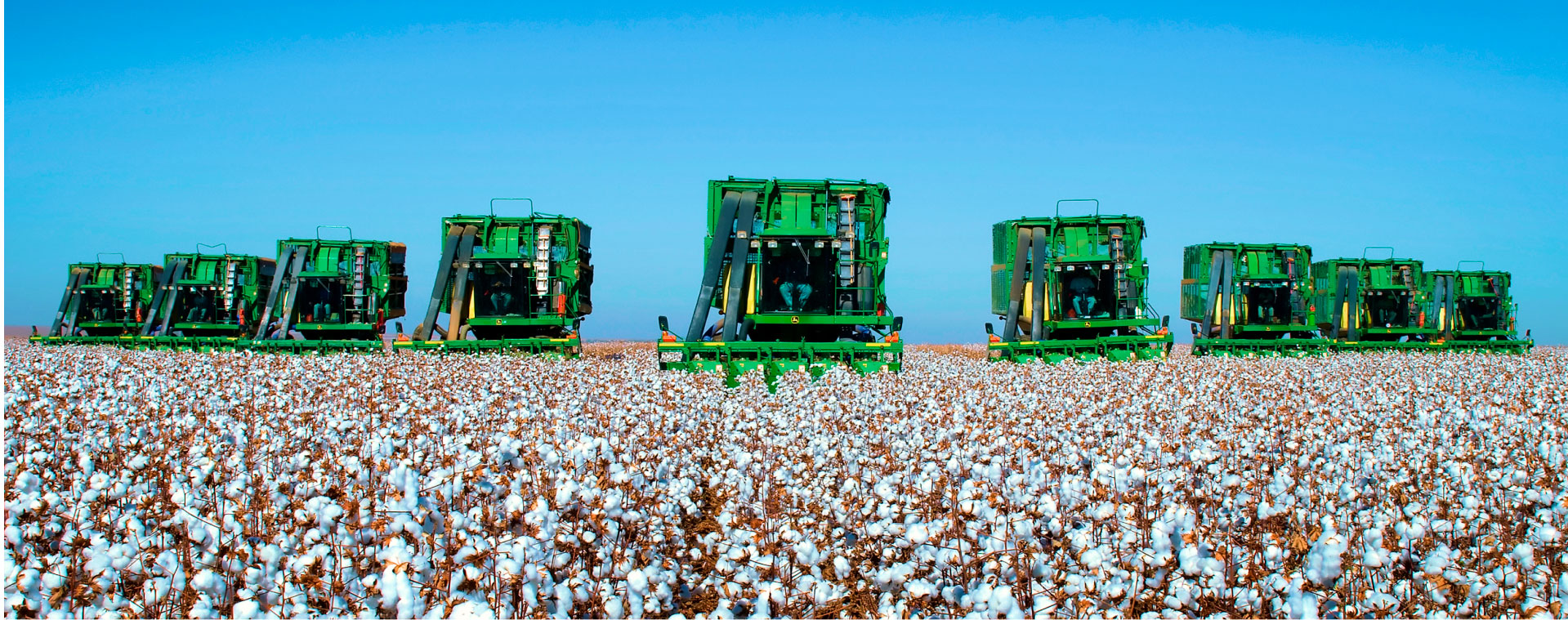
After processing, the fibers and feathers are extracted from the cotton. This leaves the seed and the linter (smaller fibers that are attached to the seed). After “delinting” (the process by which the linter is extracted), the seed goes to crushing, where it is processed to remove other products, such as oil and derivatives. From this process, the cotton hull still remains, which is also processed to manufacture cotton meal, products that have nutritional value and can be used as feed for cattle. Our products are recognized and consolidated in the market. Consult us for details on the best way to use them.
Cottonseed, due to its nutrients, is a food rich in energy and can be highly utilized. After the
larger fibers have been removed, we still have the small fibers that are attached to the seed,
in the grain shell.
Linter - these are short fibers that can be removed, providing a more complete use of the
cotton seed, reducing waste and increasing efficiency in the production chain. It is used in
various industrial sectors, such as textiles, paper and cellulose, food products, chemicals,
pharmaceuticals and automotive.
Oil - after removing the Linter, the seed goes to the crushing or pressing process, where,
again, it is crushed to remove the oil, widely used in the manufacture of biofuels, in the food
industry, and chemical industries.
Meal - coming from the crushing of cotton seeds, the husk is a rich source of energy,
proteins, fiber and minerals, used in the production of animal feed.
Sludge - a product derived from the refining of cottonseed oil, rich in fatty acids, as a residue
from the crushing process and is used, for example, as fuel in industrial boilers to generate
energy and also as a raw material for the production of organic fertilizer.
Gin Motes - an intelligent use of fibers and fragments resulting from the processing of cotton,
together with the impurities removed during the down cleaning process. Its application is
highlighted in spinning mills specialized in the production of rustic fabrics or low weight
fabrics.
Cotton is considered the main textile fiber of plant origin in Brazil and the world. According to the Brazilian Association of Cotton Producers (Abrapa), the 2023 harvest is estimated at 3.23 million tons of lint. According to data from the Harvest Bulletin of the National Supply Company (Conab), in the period 2020/2021, Brazil produced around 2.787 million tons of cotton. With this, the country positioned itself among the five largest cotton producers in the world, together with China, India, the United States and Pakistan. These five countries accounted for 74% of the total fiber produced on the planet in the 2019/2020 harvest. The demand for cotton processing is high worldwide, as this crop allows the extraction of many derivative products with countless uses and applications.
We process cotton in compliance with the standards and technical characteristics required by the spinning, weaving and textile industries.
